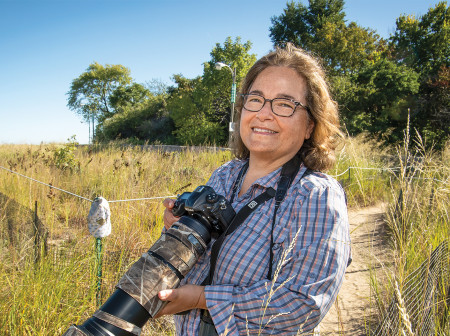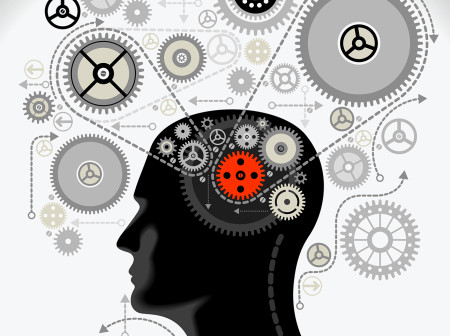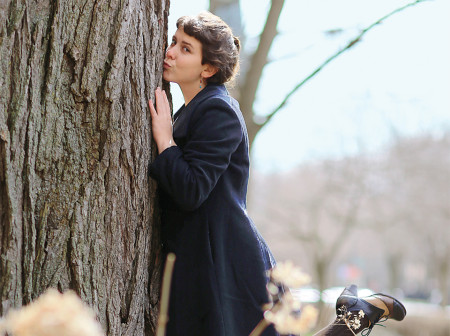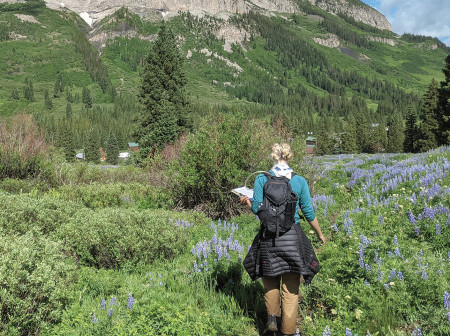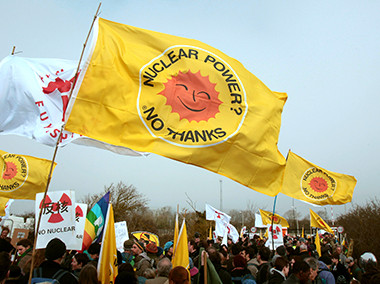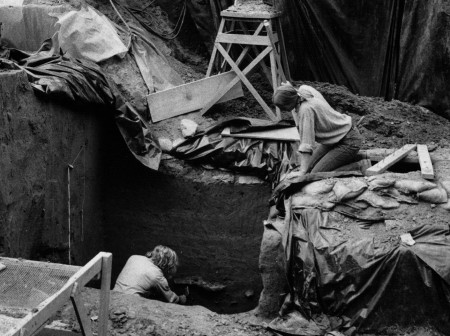Environment
Classroom trips brought Northwestern students around the globe to conduct research on the history of midwivery in England, investigate reports of a power plant sickening residents in Panama, study how Israel is becoming a worldwide leader in water management, and more.
Meet the 2022 recipients of the NAA’s highest honor, the Northwestern Alumni Medal: ‘Sex and the City’ writer Cindy Chupack ’87, broadcasting veteran David Louie ’72 and Inclusive Capital Partners founder Jeff Ubben ’87 MBA.
A pair of endangered piping plovers needed a voice when they nested at the busiest beach in Chicago. Luckily, Tamima Itani ’86 MS, ’91 PhD, ’02 CERT spoke up and rallied support for the birds.
New York City's Green-Wood Cemetery may just be the liveliest resting place you've ever seen. “Many have complex feelings about cemeteries,” says Lisa West Alpert, “but we’ve worked hard to welcome the community in a way that strengthens Green-Wood and, we hope, strengthens our Brooklyn neighbors as well.”
Members of the Northwestern community share the technological advancements — from tissue engineering and stem cell therapies to machine learning and more — that could affect life as we know it.
University-wide research institutes and centers (URICs) are a fundamentally important and vibrant nexus of innovation and discovery at Northwestern. Continued investments in these hubs have strengthened the work of faculty and students who seek to benefit humankind through advancements in fields ranging from medicine and engineering to nanotechnology and materials science.
Lucy London, a senior performance studies major from Petaluma, Calif., turned resignation into action, working toward environmental justice on campus and beyond.
In the summer, you can find Elsa Godtfredsen in the Rocky Mountains of Colorado scouting for bees and other pollinators, testing soil moisture levels, gathering seeds and carefully monitoring the health of local alpine wildflowers. A doctoral student in Northwestern’s plant biology and conservation program, she’s been running a multiyear experiment to see how early snowmelt (one sign of a warming planet) will affect wildflowers — and, by extension, the broader ecosystems upon which we all rely.
Northwestern researchers are part of global teams studying antibiotic resistance in Pakistan, climate change in Japan, the effect of cobalt mining on communities in the Democratic Republic of Congo, mysterious strands in the Milky Way and more.
In the 1970s, Northwestern anthropologist Stuart Struever ’60 MA led an archaeology field school along the banks of the Illinois River, offering students a hands-on experience to discover evidence of ancient civilizations at the historic Koster Site.

